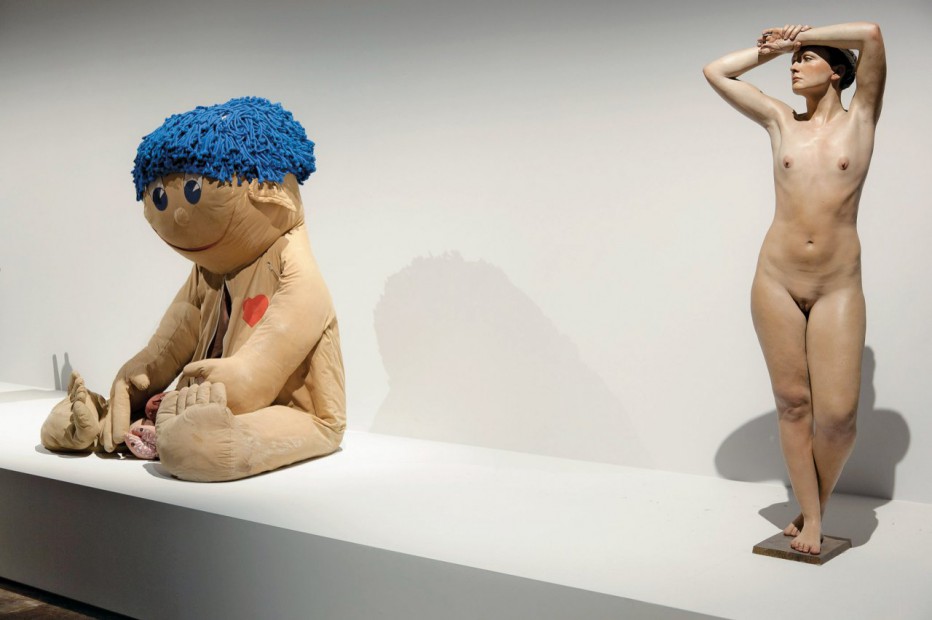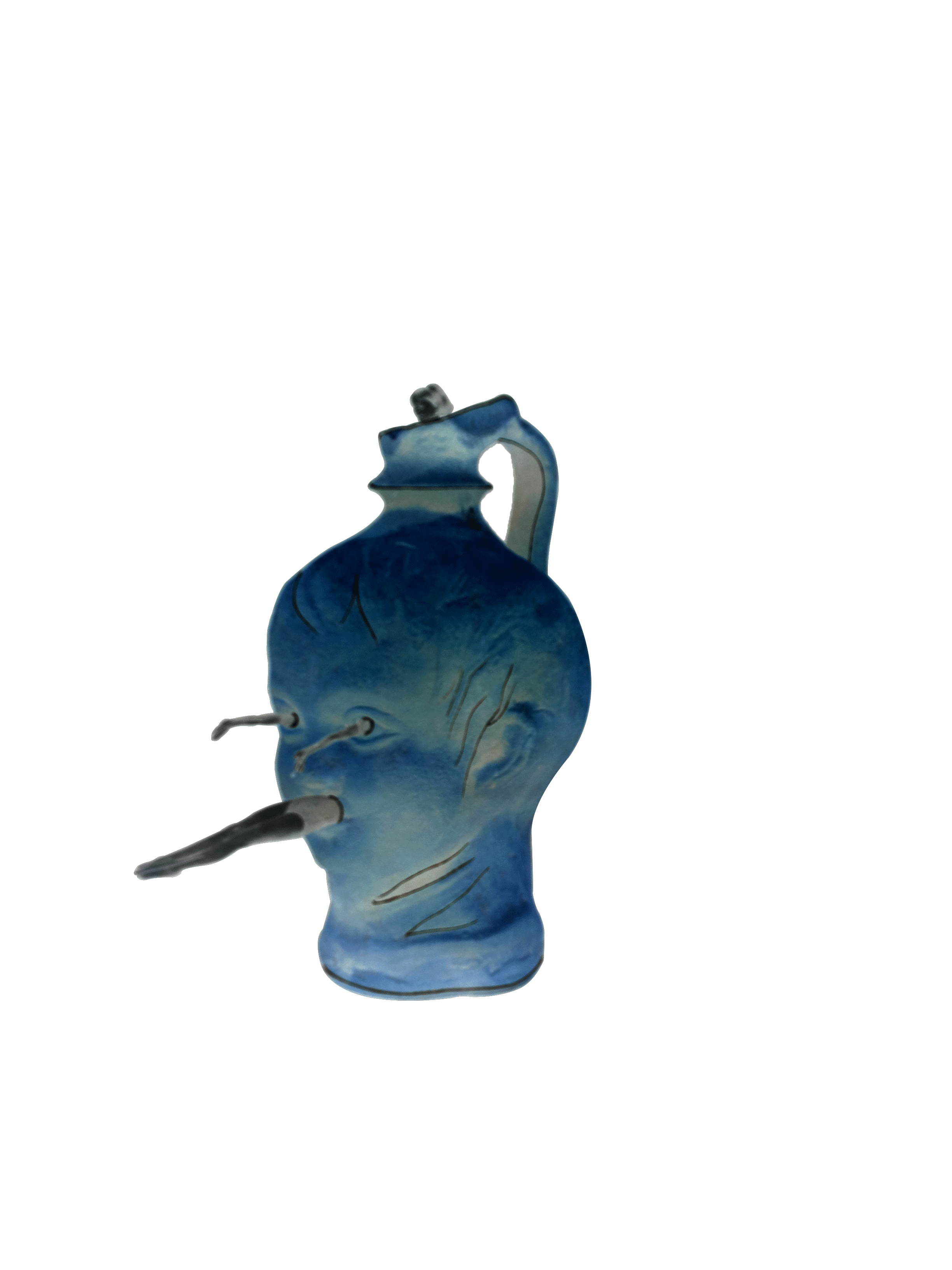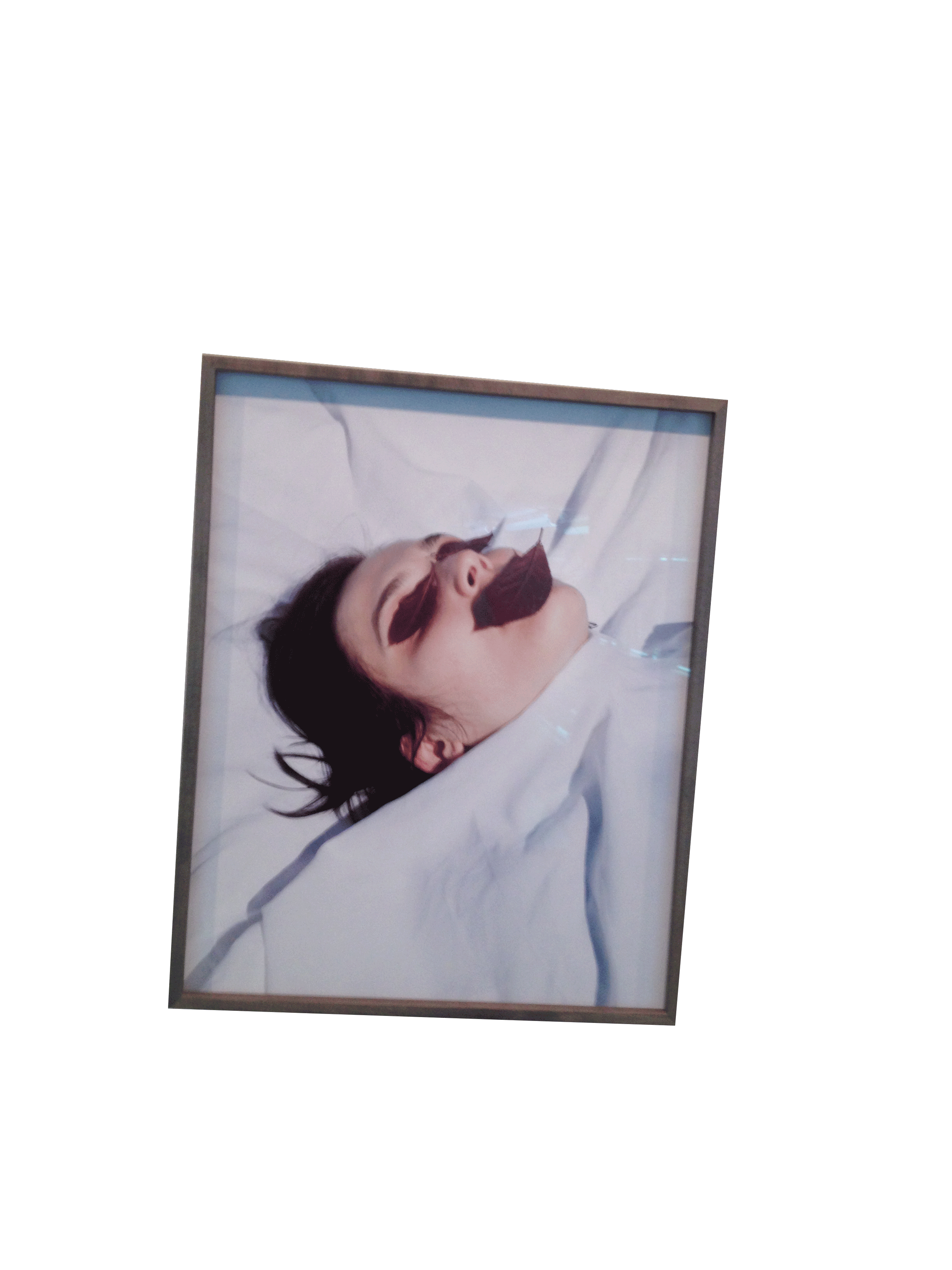Overbelichte Veduté
Joan Miro
Gerrit jan Rook
Jenny Holzer
Gabriel bouys
Artur Żmijewski
Lucy Hogg
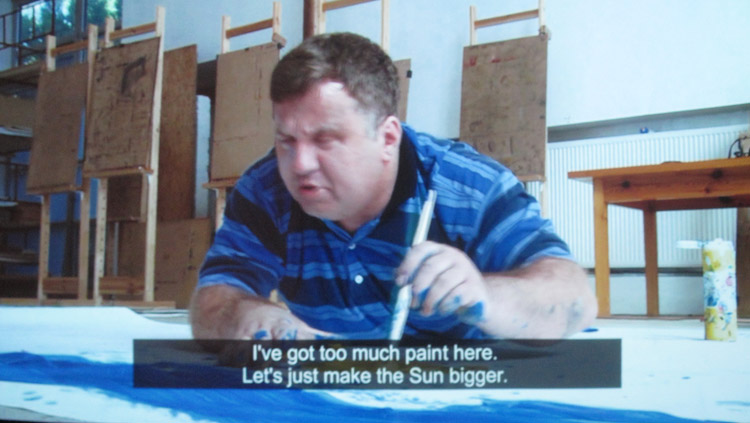
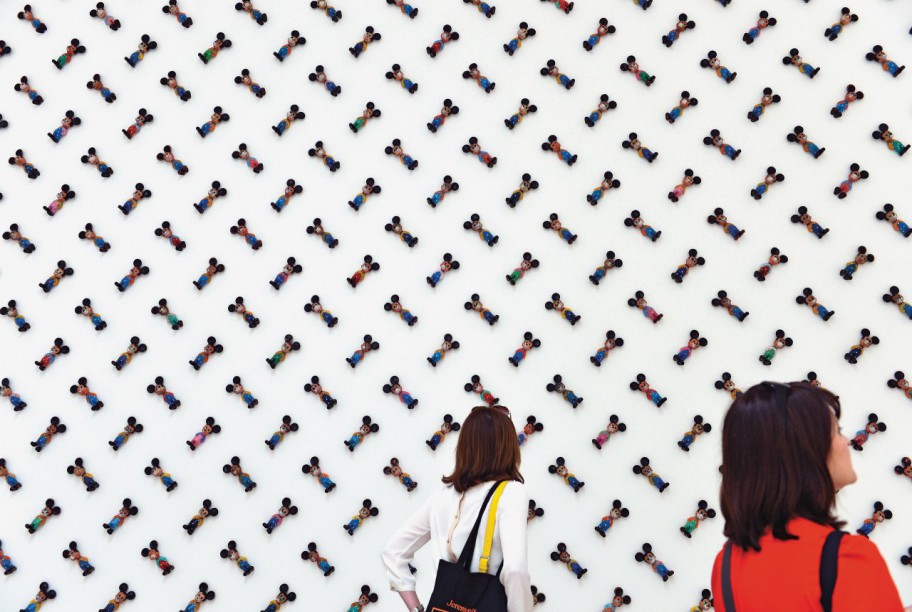
A talisman for this view might be a recent video by the Pole Artur Żmijewski, one of the grimmest and greatest artists working today. In this work, titled Blindly, Żmijewski offers paper and paint to a number of unsighted people, getting them to depict themselves and landscapes and beasts. He documents the eagerness of their attempts as well as their befuddlement when faced with the task, not to mention their moments of evident failure: a brush still being used once it has run dry; a blind artist wanting to add on to his sun but losing track of where he painted it. And, of course, Żmijewski documents the sorry results of their efforts: gloppings and scratchings of color that barely depict what they show. And it’s impossible not to think that Żmijewski feels that their fates as artists are the same as his: condemned to a blind groping for success, without ever sensing where success might lie or knowing if it’s in reach.
But here’s the thing: even for the blind making useless messes, the attempt somehow seems worth the trouble.
Gioni balances that strangeness with works that take a very different, but equally “functional,” approach to art making: images that address reality with an almost scientific reverence for what’s in it. They give a sense that the world itself, rather than the artistic act of picturing it, is what’s really at stake. The second half of Gioni’s show, filling the vast warehouses of Venice’s old Arsenale, begins with J.D. ’Okhai Ojeikere’s wonderful photos of elaborate Nigerian hairstyles, but also touches down on the stunning bird photography of Eliot Porter (son of Fairfield, the great realist painter) and on Kan Xuan’s giddy slide show of every surviving imperial burial mound in China. A French artist named Camille Henrot, while on fellowship at the Smithsonian Institution in Washington, D.C., cobbled together a manic video collage of all the different aspects of her host’s famous dedication to the “increase and diffusion of knowledge.” It is exploration on both steroids and speed, as Henrot explores the explorers.
And here’s what happens when all of these different kinds of images, with their very un-arty goals, get included in the Venice Biennale: each and every one becomes art, not so different from a Jeff Koons dog or a Damien Hirst spot.
But here’s the thing: even for the blind making useless messes, the attempt somehow seems worth the trouble.
